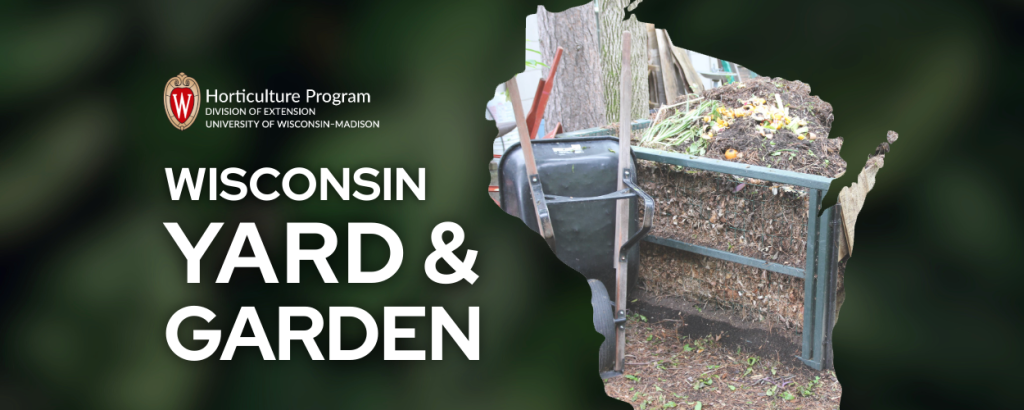
As the growing season winds down, plant materials from gardens and landscapes accumulate with fall clean up. Fall is perfect to start backyard composting. Not only does it solve the yard waste issue, but finished compost improves soils for growing seasons to come!
When following just a few basic guidelines, backyard composting is not difficult and is adaptable to all types of gardening and amount of plant material generated. Plant waste falls into two categories: greens and browns. Green material is high in nitrogen and includes grass clippings and fresh green plant trimmings. Brown material is high in carbon and includes dead leaves, stems, and straw. Mix equal amounts together, add some water and oxygen, and the process is set to begin!
Microbes, specifically aerobic bacteria, drive the process. Aerobic bacteria thrive with oxygen, adequate available amounts of both nitrogen and carbon, and plenty of available organic matter surface area to work on. When done correctly, backyard aerobic composting does not create any odor issues. Anaerobic bacteria, on the other hand, thrive with low levels of oxygen, such as in waterlogged conditions, and create unpleasant odors.
Composting can be done at various speeds, with hot or fast composting, as the name implies, generating finished compost the quickest. In this type of system, equal amounts of green and brown materials are mixed, ideally shredded or chopped into smaller pieces, and placed in a pile or bin. Moisture should be the consistency of a wrung-out sponge. Aerobic bacteria populations quickly develop within the pile, causing it to heat up. As temperatures start to cool, turn the pile, which remixes materials and replenishes oxygen. Add water if needed.
Now the pile will heat up again. Repeat the turning process and soon you will have finished compost. How do you know it is finished compost? The identity (leaves, grass clippings, etc.) of materials is no longer visible, has an earthy smell and crumbles easily. This is a great amendment to improve clay soils by creating more pore space, increasing available oxygen, and improving drainage. Likewise, compost improves sandy soils, but by holding more water for plants to use. Work compost into the soil with a shovel or rototiller.
Construct a bin system or simply put compost material in a pile. Three side-by-side bins are ideal; each time you turn material, place it in the next bin, and add new material to the empty bin. Minimum size of bins should be three feet high, wide, and deep. Covering bins allows moisture levels to easily be controlled. Gardeners with less available materials can make a one or two bin system.

About the Author
Bruce Spangenberg is a Horticulture Outreach Specialist with UW-Madison Division of Extension. Get answers to your lawn, landscape and garden questions anytime at “Ask Your Gardening Question.”




